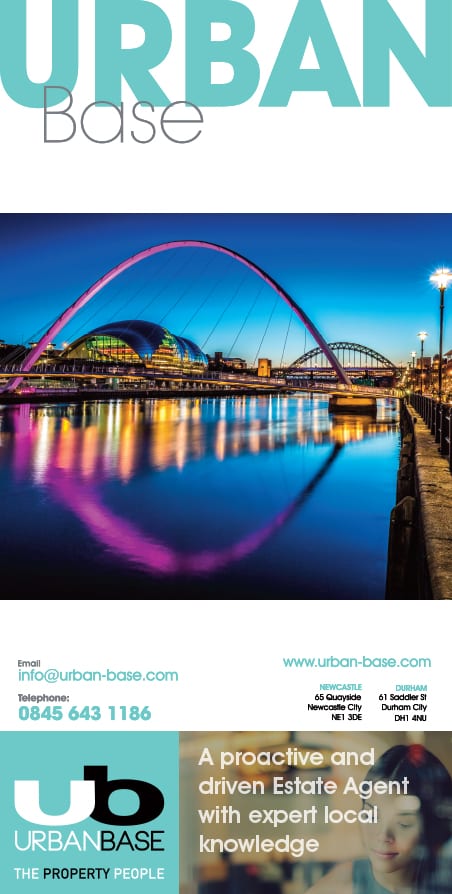Regardless of how big or small the site, how complex the development proposal, and how willing (or not) the community is to accept the planned works, it's rarely the big picture' that causes problems. More often than not, argues Ruth Shepherd of Results Communications, the devil is always in the detail
The last month has been an interesting one in terms of engagement. We’ve seen one of our projects refused at planning committee (not unexpected, although not for the reasons anticipated to be the stumbling block), heard a year-old project is still bogged down in discussions about brick colour so is stalled, and a third not one of ours but one likely to be recommended for approval – hitting the buffers. Each of the projects are very different but share two common themes. The first is that they are all responding to a demand within the communities in which they are being proposed. The second is that they all require a high level of detail to get from vision’ to completion.
Working within project teams of seasoned developers, planners and contractors, it would be easy to become complacent with dealing what, over time, become familiar concerns and recurring issues, and ultimately to adopt a same problem, different site’ mentality. Thankfully the detailing required to ensure that a scheme is viable, that the transport solutions are considered, sensible and responsive, and that any ecology issues are mitigated ensures complacency is not an option.
Then you factor in the engagement required with stakeholders – and find the problems with doing so lie – generally – with those of the civic variety. So what if a Transport Strategy has been sitting on a planning officer’s desk for two months? There’s nothing to stop the planning committee kicking the application back for lack of detail’. Is it relevant that the document with the detail they are looking for has not even been glanced at?
What about that extra bit of developable land needed to make the scheme viable, and the offer to potential buyers that much more interesting because the internal space standards are better as a results? Nope. Not enough detail.
The Localism Act and the National Planning Policy Framework (NPPF) placed communities at the heart of planning. With local plans and the simplified planning legislation it was meant to be easier to engage, and for that engagement to be meaningful and therefore more effective. But is engagement as we see it now a little one-sided?
Are we as project teams expected to jump through numerous hoops to prove there is no negative impact, that where there is potential for harm it is limited and mitigated, that development will not cause accidents or house prices to fall and people to suddenly suffer from air quality deficiencies to the point where projects get bogged down in the minutiae, and stumble once in the planning process. What happens when the client is clearly trying to engage with the local authority and the authority for reasons known or subject to speculation- resists for dialogue then back-heels responsibility knowing it will inevitably be appealed following non-determination or a flat-out refusal.
Results Communications has been developing stakeholder and community engagement strategies for clients for years, advising them on how best to consult, engage and communicate with the various parties to ensure the best possible outcome is achieved for the site, community, business and the environment. But how long will it be before the system is truly collaborative, and councils, landowners, developers and communities can really engage with one another?


